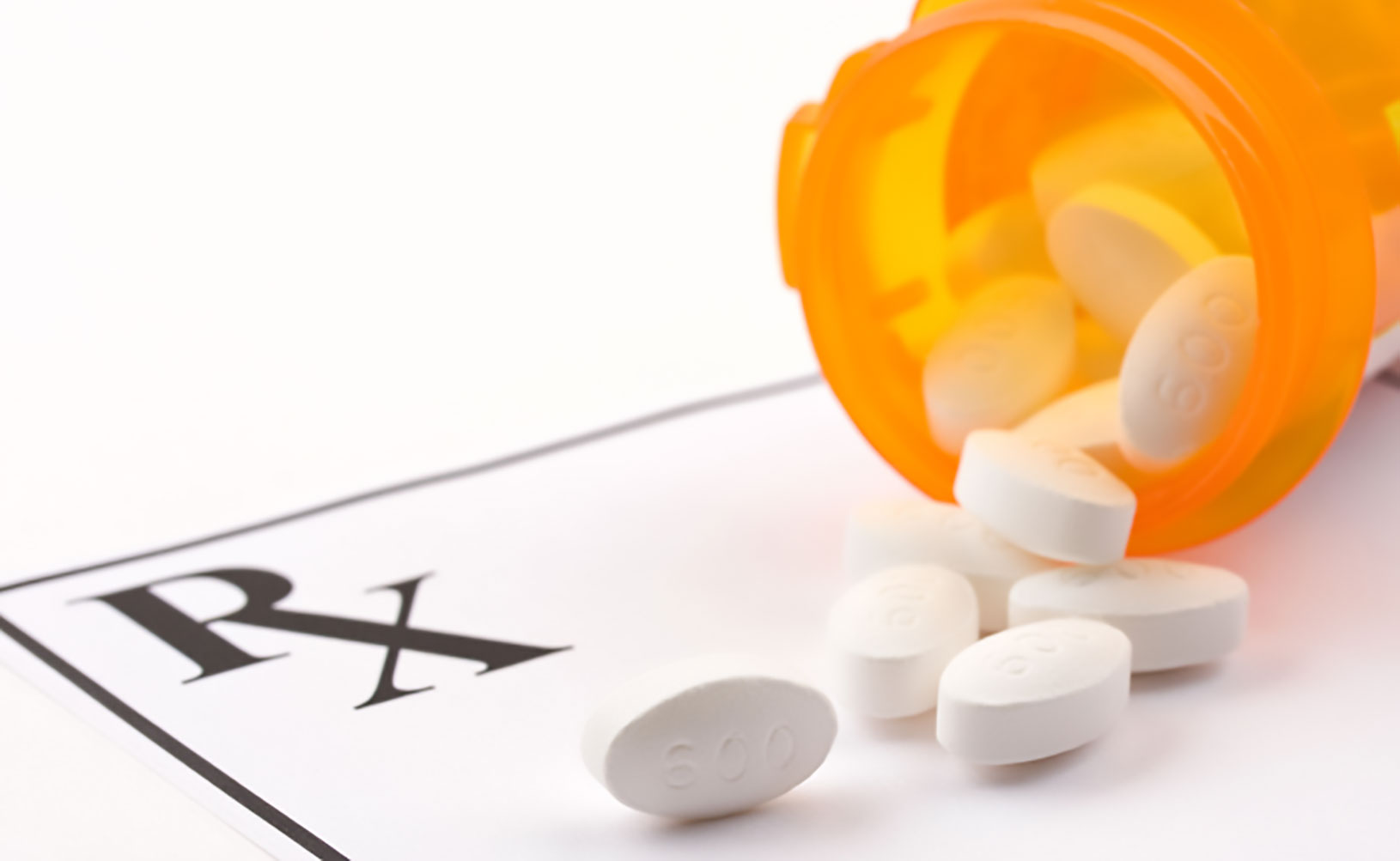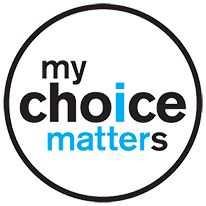KNOW THE FACTS
PRESCRIPTION PAIN MEDICATIONS (OPIOIDS)

Prescription drugs are often strong medications, which is why they require a prescription from a medical professional in the first place. When they are misused, they can be just as dangerous as drugs that are made illegally. Even when they are not misused, every medication has some risk for harmful effects, sometimes serious ones. Doctors consider the potential benefits and risks to each patient before prescribing medications and take into account a lot of different factors, described below. People who abuse drugs might not understand how these factors interact and put them at risk.
- Personal information. Doctors take into account a person's weight, how long they've been prescribed the medication, and what other medications they are taking. Someone misusing prescription drugs may overload their system or put themselves at risk for dangerous drug interactions that can cause seizures, coma, or even death.
- Form and dose. Doctors know how long it takes for a pill or capsule to dissolve in the stomach, release drugs to the blood, and reach the brain. When misused, prescription drugs may be taken in larger amounts or in ways that change the way the drug works in the body and brain, putting the person at greater risk for an overdose.
For example, when people misuse OxyContin, a dose that normally works over the course of 12 hours hits the central nervous system all at once. This effect increases the risk for overdose. - Side effects. Prescription drugs are designed to treat a specific illness or condition, but they often affect the body in other ways, some of which can be dangerous. These are called side effects. For example, OxyContin stops pain, but it also causes constipation and sleepiness. Stimulants may increase a person’s ability to pay attention, but they also raise blood pressure and heart rate, making the heart work harder. These side effects can be worse when prescription drugs are not taken as prescribed or are misused in combination with other substances—including alcohol, other prescription drugs, and even over-the-counter drugs, such as cold medicines. For instance, some people mix alcohol and depressants, both of which can slow breathing. This combination could stop breathing altogether.
Prescription opioids are medications that are chemically similar to endorphins – opioids that our body makes naturally to relieve pain – and also similar to the illegal drug heroin. In nature, opioids are found in the seed pod of the opium poppy plant. Opioid medications can be natural (made from the plant), semi-synthetic (modified in a lab from the plant), and fully synthetic (completely made by people).
Prescription opioids usually come in pill form and are given to treat severe pain—for example, pain from dental surgery, serious sports injuries, or cancer. Opioids are also commonly prescribed to treat other kinds of pain that lasts a long time (chronic pain), but it is unclear if they are effective for long term pain.
For most people, when opioids are taken as prescribed by a medical professional for a short time, they are relatively safe and can reduce pain effectively. However, dependence and addiction are still potential risks when taking prescription opioids. Dependence means you feel withdrawal symptoms when not taking the drug. Continued use can lead to addiction, where you continue to use despite negative consequences. These risks increase when these medications are misused. Prescription medications are some of the most commonly misused drugs by teens, after tobacco, alcohol, and marijuana.
Common opioids and their medical uses:
Common Opioids
- oxycodone (OxyContin, Percodan, Percocet)
- hydrocodone (Vicodin, Lortab, Lorcet)
- diphenoxylate (Lomotil)
- morphine (Kadian, Avinza, MS Contin)
- codeine
- fentanyl (Duragesic)
- propoxyphene (Darvon)
- hydromorphone (Dilaudid)
- meperidine (Demerol)
- methadone
Conditions They Treat
- severe pain, often after surgery
- acute (severe) pain
- some forms of chronic pain (severe)
- cough and diarrhea
Fentanyl has been in the news recently. It is a powerful opioid prescribed for extreme pain that is 50 to 100 times more potent than morphine. It is extremely dangerous if misused, and is sometimes added to illicit drugs sold by drug dealers.
Types of Opioids
Natural opioids (sometimes called opiates)
How Are They Derived
nitrogen-containing base chemical compounds, called alkaloids, that occur in plants such as the opium poppy
Examples
morphine, codeine, thebaine
Semi-synthetic/man-made opioids
How Are They Derived
created in labs from natural opioids
Examples
hydromorphone, hydrocodone, and oxycodone (the prescription drug OxyContin), heroin (which is made from morphine)
Fully synthetic/man-made opioids
How Are They Derived
completely man-made
Examples
fentanyl, pethidine, levorphanol, methadone, tramadol, dextropropoxyphene
People misuse prescription opioid medications by taking them in a way that is not intended, such as:
- Taking someone else’s prescription, even if it is for a legitimate medical purpose like relieving pain.
- Taking an opioid medication in a way other than prescribed—for instance, taking more than your prescribed dose or taking it more often, or crushing pills into powder to snort or inject the drug.
- Taking the opioid prescription to get high.
- Mixing them with alcohol or certain other drugs. Your pharmacist can tell you what other drugs are safe to use with prescription pain relievers.
Opioids attach to specific proteins, called opioid receptors, on nerve cells in the brain, spinal cord, gut, and other organs. When these drugs attach to their receptors, they block pain messages sent from the body through the spinal cord to the brain. They can also reduce or stop other essential functions like breathing.
Opioid receptors are also located in the brain’s reward center, where they cause a large release of the neurotransmitter dopamine. This causes a strong feeling of relaxation and euphoria (extreme good feelings). Repeated surges of dopamine in the reward center from drug-taking can lead to addiction.
In addition to pain relief and euphoria, other effects of opioids include:
- sleepiness
- confusion
- nausea (feeling sick to the stomach)
- constipation
- slowed or stopped breathing
The Opioid Epidemic: State Trends in Opioid-Related Overdose Deaths from 2000 to 2017
State Health Access Data Assistance Center
Tips for Teens: The Truth About Opioids
Substance Abuse and Mental Health Services Administration (SAMHSA)

